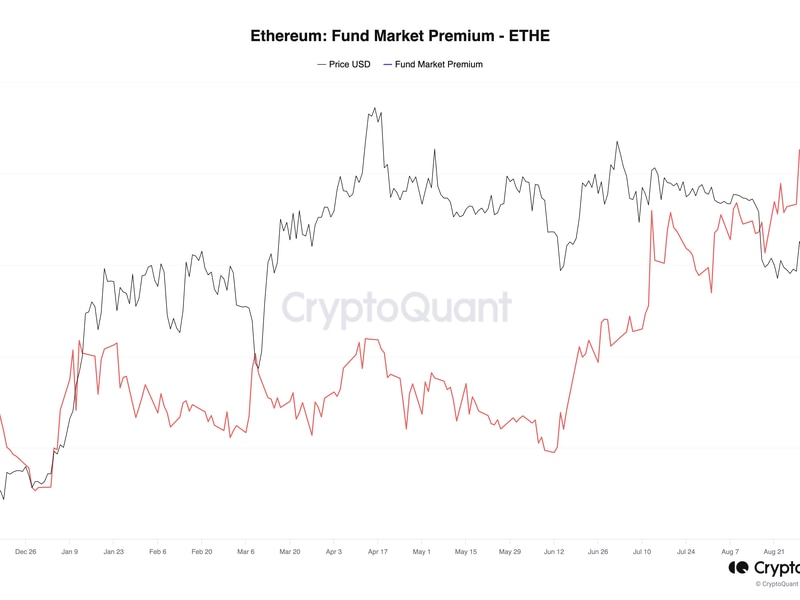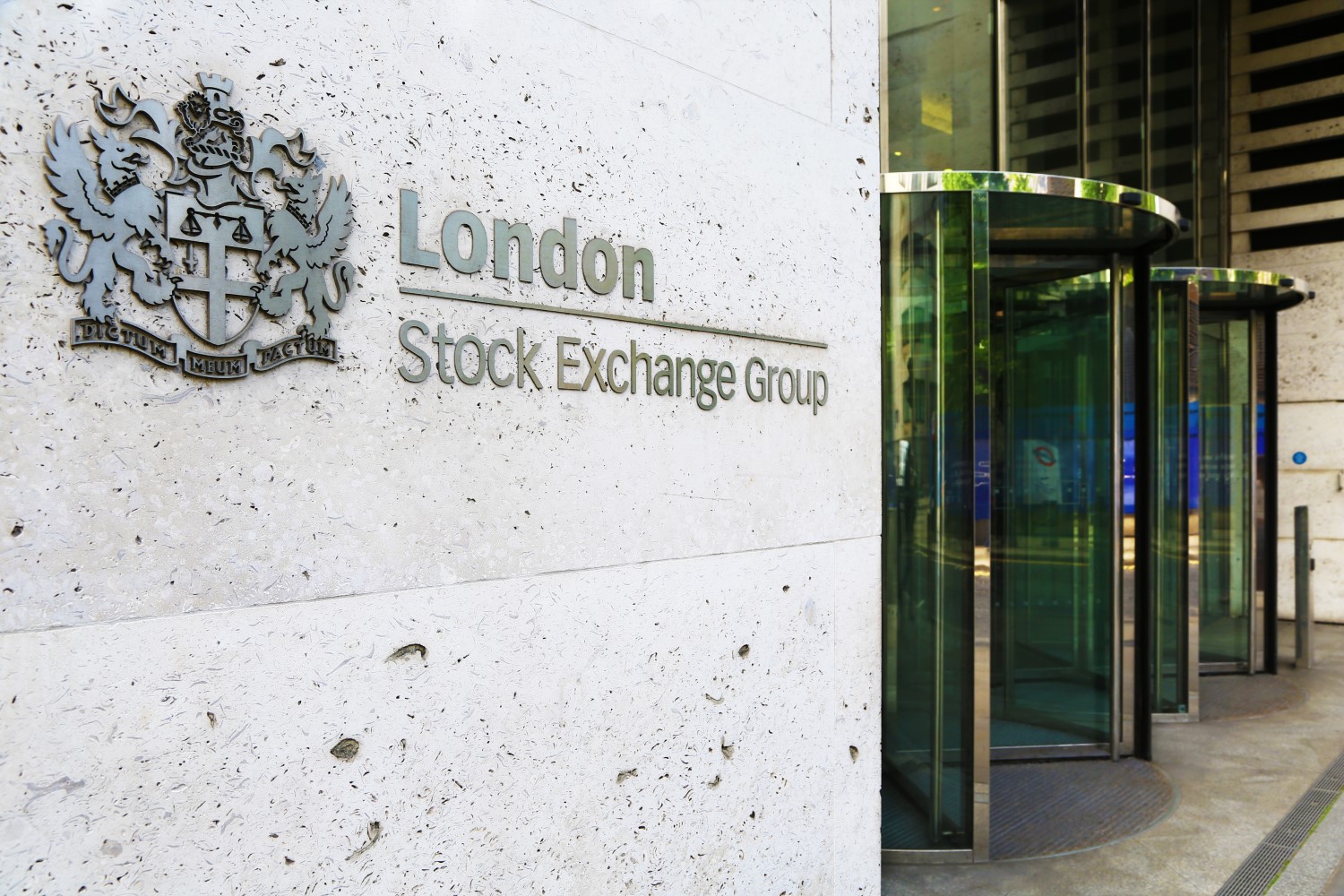Ghost Chains to Goldmines: How to Create Web3 Products That People Want
The Web3 industry is currently stagnating when it comes to delivering products that people will actually use, rather than just another gambling tool. This is a point of agreement among many in the space. For months, the conversation has revolved around when funding will arrive for consumer applications. However, there’s no consensus on who is to blame.
The finger-pointing has been directed at venture capitalists (VCs), project founders, other ecosystems, or the very concept of infrastructure. The problem with this blame-game is that it distracts from identifying and addressing the root cause, making it harder to solve the issue. To move forward, we need to step back and understand how we got here. The strategies that brought the blockchain industry to its current state are not the same ones that will propel it to the next level.
The journey of a builder in Web3 today is quite challenging. Let’s say you want to create an actual application instead of founding something like an L2. The path ahead is tough. Traditionally, you would gather a team of potential co-founders and brainstorm how your idea makes sense. Ideally, this team would include individuals who can help build the product through coding. Once your team is in place, you’d decide which blockchain to launch on. Recently, L2s have been popular, but you might also consider non-EVM blockchains like Solana, which are attracting developers. This decision involves several factors: understanding where users are, where they are headed, where liquidity is, the transaction speed and cost your application requires, and, importantly, the incentives different chains offer to help you build your minimum viable product (MVP).
Let’s assume that as a founder, you’ve successfully navigated all the steps above and found a blockchain that offers incentives like grants to support your project. Perhaps the grant is $50,000, or in rare cases, it might be as high as $150,000. Is this amount enough to build, launch, and successfully scale your application? Absolutely not. What do you do next?
Looking at Web2, if you were a founder in this position, you’d reach out to VCs who would evaluate your MVP, listen to your proof-of-concept, understand your business model, and assess your user acquisition success before raising money. The problem in Web3 is that too much funding has gone into infrastructure projects, driven by the potential for token launches that allow VCs to recoup multiples of their investments.
Additionally, it’s challenging to determine the best blockchain for an application due to the unpredictable hype cycles. As a result, VCs prefer the safer bet of infrastructure investments over the uncertain future of a specific blockchain that an application might depend on. And if you never get invested in by a VC, your chances of a successful token launch to create liquidity for yourself decrease immensely.
Given your options, the logical decision would be either to become a founder of an infrastructure company or to build lower-quality products that every chain seems to want. In doing so, you might become a “grant mercenary,” similar to airdrop hunters who use new blockchains temporarily to collect and sell tokens for profit. Essentially, you’re incentivized to play zero-sum games. And who could blame you?
The problem with this is that, if enough builders repeat this pattern over time and across ecosystems, we end up in the period of purgatory we’re in now. Everyone is upset, almost no one is making money, and nothing valuable is being produced.
Now that we understand the problem, it’s easier to see what it would take to fix it. There are seemingly only four stages needed to create success in this ecosystem, all of which involve aligning incentives for everyone involved.
First, you need a blockchain that makes sense to build on — one with users and liquidity because no builder wants to go to a ghost chain.
Then, you need builders creating products that people want and will use.
After that, you need VCs willing to fund those products.
Finally, you need successful token launches, ideally with centralized exchanges, to create a positive flywheel of success where everyone involved comes out a winner.
Right now, we’re stuck in a situation where blockchains have become the main characters instead of focusing on creating success stories for applications built on their chains. They’ve become complacent, relying on grants from their foundations and wondering why no one wants to build useful things. Instead, they criticize builders for creating copy-paste applications across multiple chains to collect as much grant money as possible. The reality is this behavior is a result of the incentive alignment set up by the blockchains. Builders are simply doing what logically makes sense in this context.
It’s entirely the fault of the blockchains. To get to where they are now, they had to raise massive rounds and create the main-character energy they exhibit today. With a small ecosystem of users and limited liquidity, these blockchains had to do everything possible to attract initial dollars and users to their chain. For many of them, this approach worked. However, it’s now time to evolve. The tactics that brought them success up to this point are not the same ones that will lead to the next phase of true blockchain adoption worldwide.
So how do we move forward?
The answer is simple, but the execution is challenging. Growth requires discomfort.
Blockchains, builders, VCs, and centralized exchanges must come together to find alignment. Blockchains need builders to create valuable applications. Builders need chains that value them and have active users. VCs need innovative projects that can deliver financial returns. Centralized exchanges need tokens that excite users and drive trading. While these four entities haven’t collaborated seamlessly so far, it’s clear they need each other to thrive. When builders can find strong blockchains, secure venture funding, and successfully launch tokens, we’ll enter the next phase of evolution where blockchain adoption becomes the norm.
Note: The views expressed in this column are those of the author and do not necessarily reflect those of CoinDesk, Inc. or its owners and affiliates.
Edited by Benjamin Schiller.









